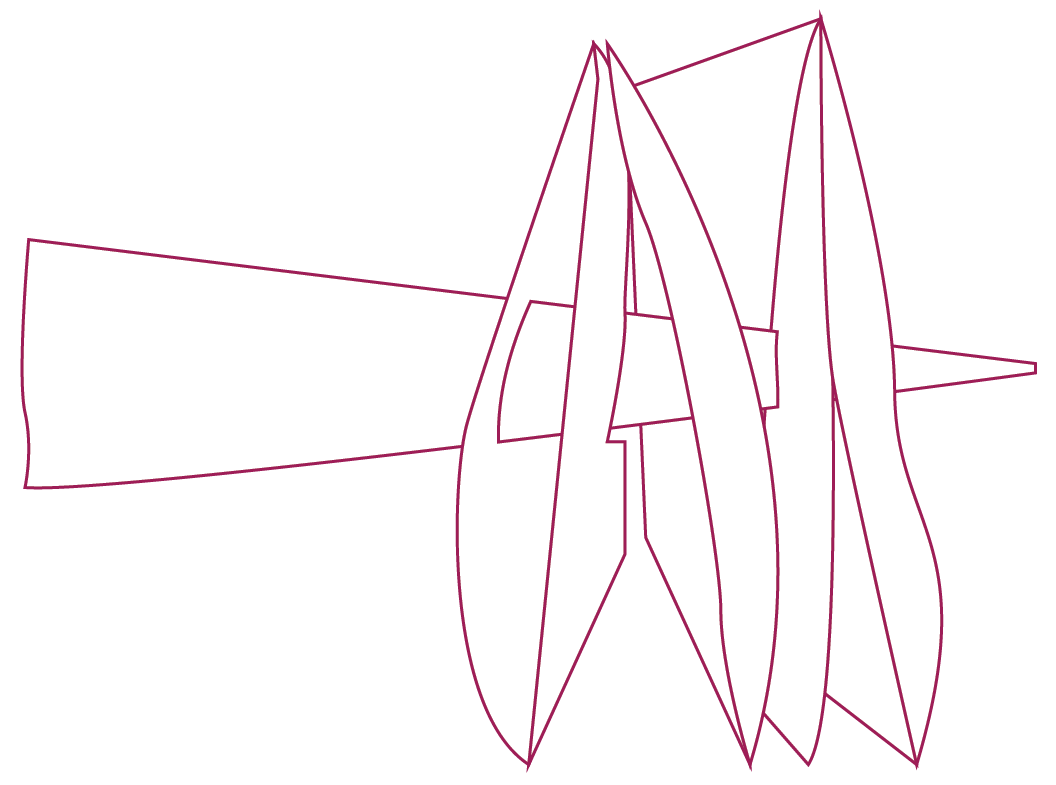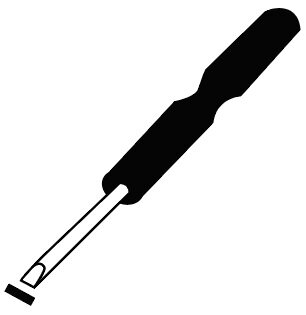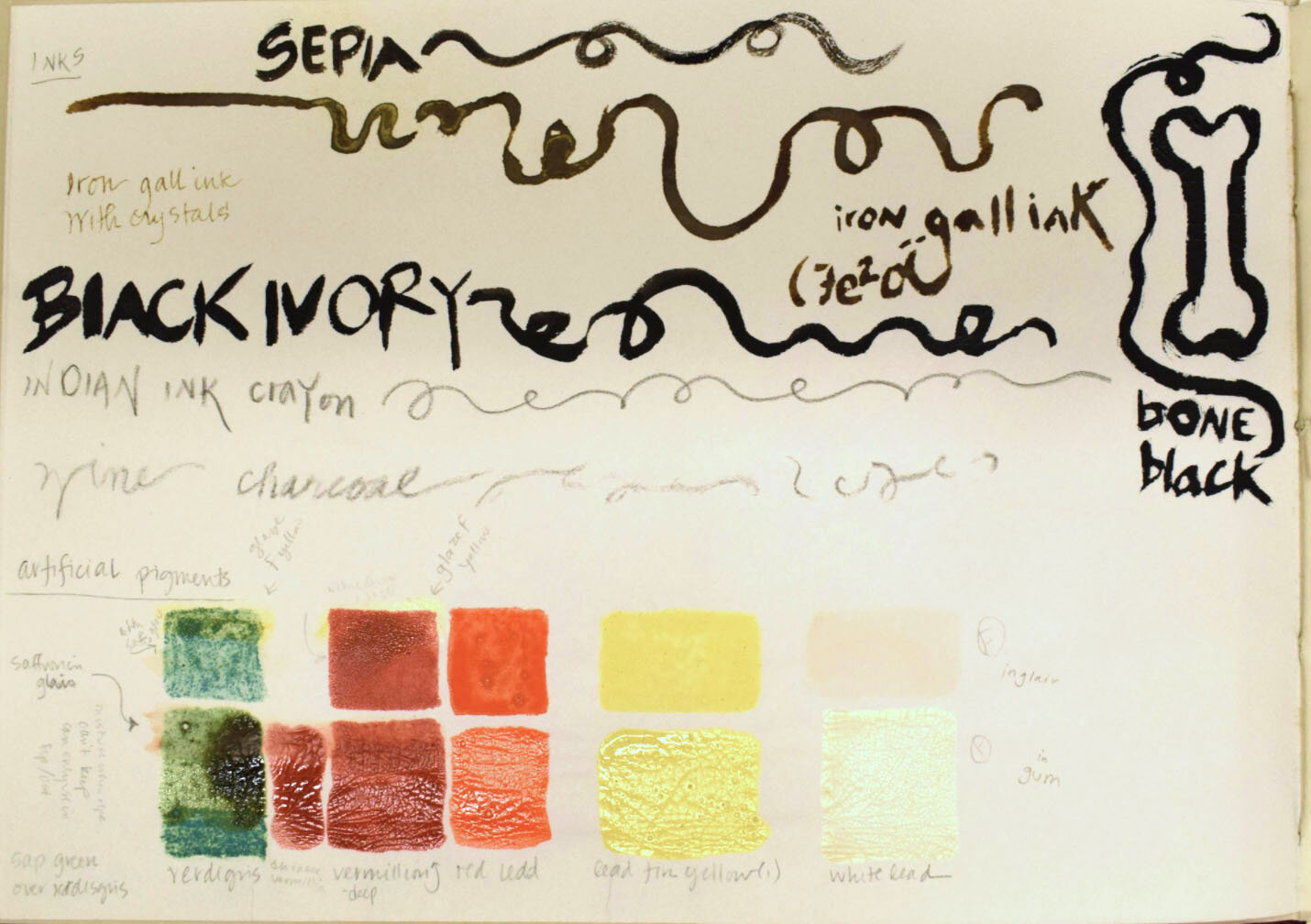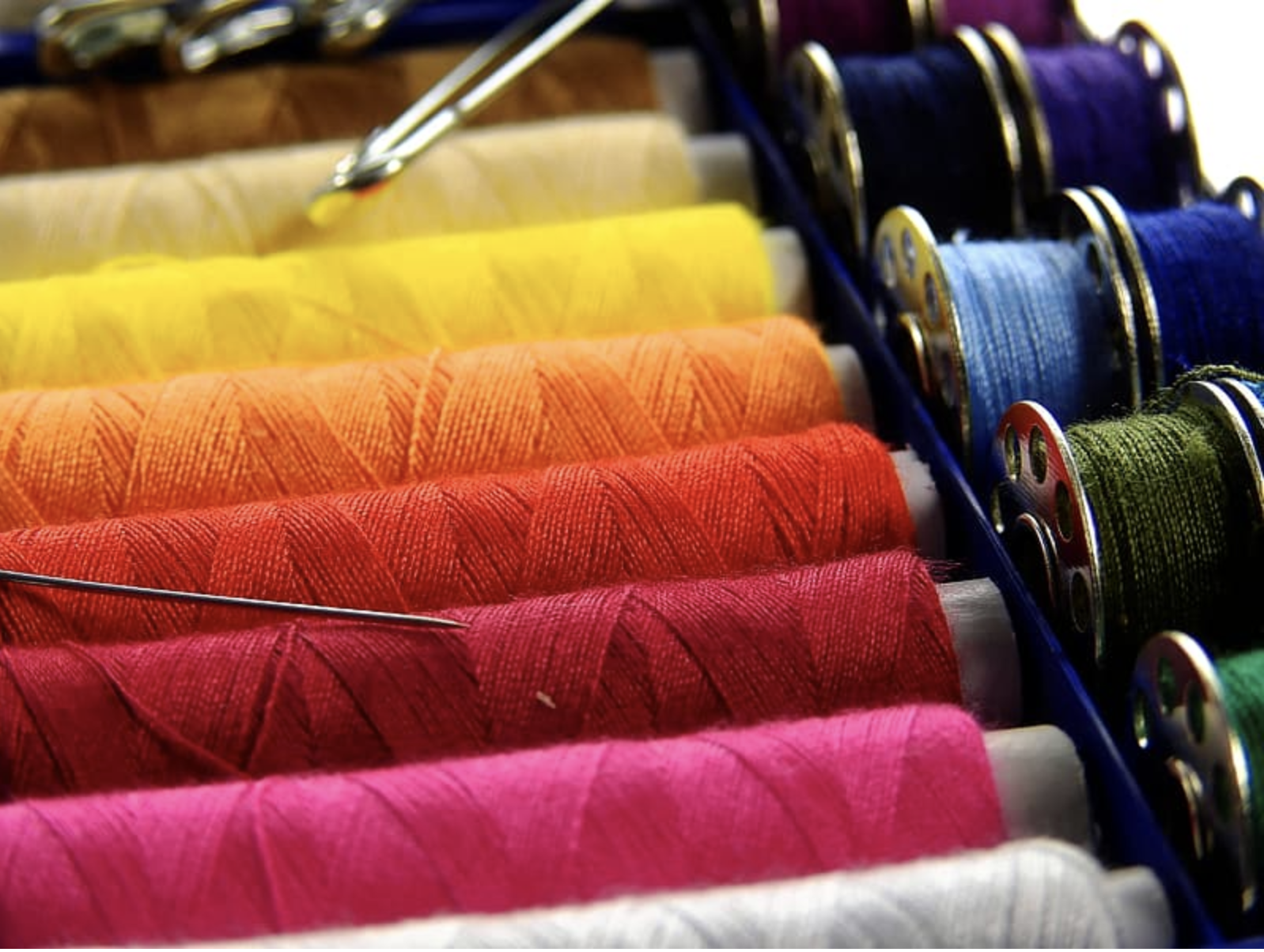Getting started – Three easy models to make at home
What tools and materials does one use to lock a letter?
We have some advice on where to purchase these materials on our FAQ page.
TOOLS
Piercing tools to make slits and holes
Needle
Colophon Book Arts Supply: www.colophonbookarts.com
Pin Awl, Awl
Colophon Book Arts Supply: www.colophonbookarts.com
Beidlermade: www.beidlermade.com
Talas www.talasonline.com
Jeff Peachey https://jeffpeachey.com
Brad All
Knife, Scalpel, Pen knife
Lee Valley Tools: www.leevalley.com
Garrett Wade: www.garrettwade.com
Colophon Book Arts Supply: www.colophonbookarts.com
Shanna Leino: www.shannaleino.com/shop
Talas www.talasonline.com
Colophon Book Arts Supply: www.colophonbookarts.com
Writing Implements
Quill
Writing Implements
Quills
Goose Quills: Historic America, 5091 Bailey Mill Road, White Oak, GA 31568, historicamerica@tds.net, 912-576-5178.
Quills, Cut and Uncut: Cornelissen www.cornelissen.com/cornelissen-reed-and-quill-pens-13390.html
Seal Stamps and Sealing Wax Dispensers
seal stamps
Letter Seals: www.letterseals.com
Herbin Calligraphy Supplies: www.jherbin.com
Aladine: www.aladine.com
Pelikan: www.pelikan.com
ALB: www.seal-wax.com
Abraxas Switzerland: http://www.abraxasswitzerland.com/e-www/kalligraphie.html
Sealing wax dispensers
We use a Surebonder L-270 low-temperature glue gun with glue-gun sealing wax: surebonder.com/products/plus-series-l-270f-low-temperature-full-size-hot-glue-gun
MATERIALS
Substrates
Paper
Handmade
Neenah www.neenah.com
Fabriano Paper fabriano.com/en
Hat Malzemeleri Islamic Papers
Karin Sanat Islamic Calligraphy & papers
University of Iowa, Center for the Book: book.grad.uiowa.edu/store/handmade-paper
Moulin du Verger moulinduverger.com, available at CXD Ltd. https://www.cxdinternational.com/
Hook Pottery Paper hookpotterypaper.com
The Japanese Paper Place www.japanesepaperplace.com
The Morgan Conservatory www.morganconservatory.org
Colophon Book Arts Supply www.colophonbookarts.com
Crowing Hens Bindery https://www.crowinghensbindery.com
Machine made
Neenah 24 lb
Perma-life 20lb
printer paper
Parchment
Pergamena https://www.pergamena.net/
Writing inks, pigments, and binders
Ink-making supplies, pigments,and binders
Kremer Pigments (inks supplies, pigments, sealing wax making supplies, binders, adhesives)
Locking
Silk Floss
Colophon Book Arts Supply: www.colophonbookarts.com
Talas: www.talasonline.com
Treenway Silks: www.treenwaysilks.com
Adhesives
Sealing wax
Sealing WAx sticks
Seal Impression
Calligrafia
Abraxas Switzerland: http://www.abraxasswitzerland.com/e-www/kalligraphie.html
ALB: www.seal-wax.com
Aladine: www.aladine.com
Herbin Calligraphy Supplies: www.jherbin.com
Shellac Shack (lac buttons to make sealing wax)
Kremer Pigments (turpentine to making sealing wax)
Pelikan: www.pelikan.com
Letter-writing materials tools & techniques
The study of letterlocking encompasses research into the materials, tools, and techniques of writing. Studying the material aspects of letter-writing – the quality of paper, for example, or the specific way wax was applied – offers researchers a chance to gain a richer understanding of past means of communication, and allows them to explore what is expressed by a document beyond its written text. Unlocking History members have experimented with replicating the conditions of early modern letter-writing – making ink and wax according to early recipes, working with handmade paper, and attempting to break into locked letters undetected, as if we were seventeenth-century spies. We also study the ways in which developments in communication technologies interact with language, literature, and culture throughout history (for example, when we talk about giving someone "the seal of approval").















